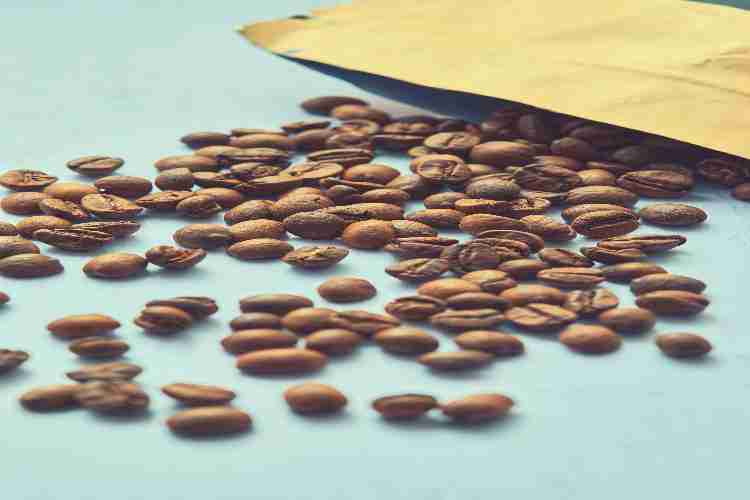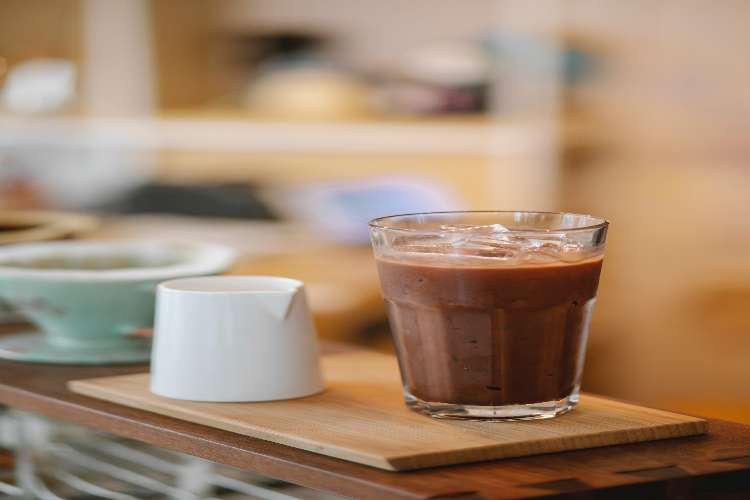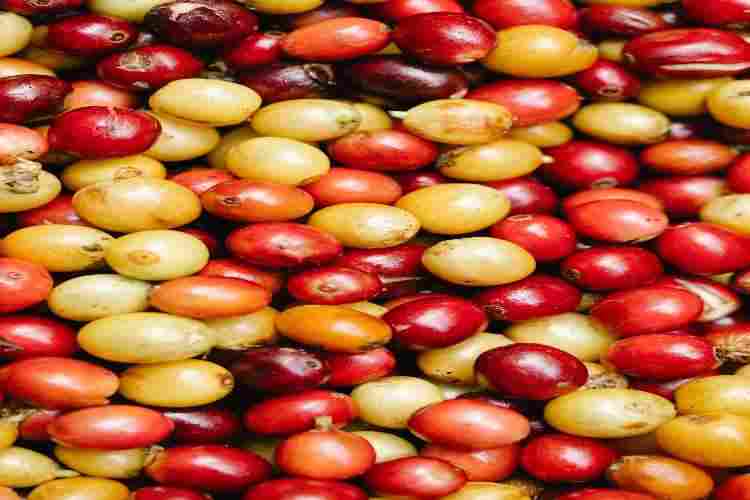
If you’re a coffee aficionado, you know that there are two main types of coffee beans: Robusta and Arabica. And while they may look similar, these two types of beans are pretty different. This post will explore 10 differences between Robusta and Arabica coffee. Everything about these beans differs, from how they’re grown to roast. So if you’ve ever wondered what sets these two apart, read on to find out!
What is Robusta Coffee?
Robusta coffee is a type of coffee that is made from the Robusta coffee bean. The bean differs from the Arabica beans in several ways. For one, the beans have more caffeine than Arabica-coffee beans. It is more resistant to pests and diseases than Arabica-coffee beans. This makes Robusta-coffee beans easier to grow, resulting in a higher plant yield. Finally, its flavor is often described as more harsh and bitter than Arabica.
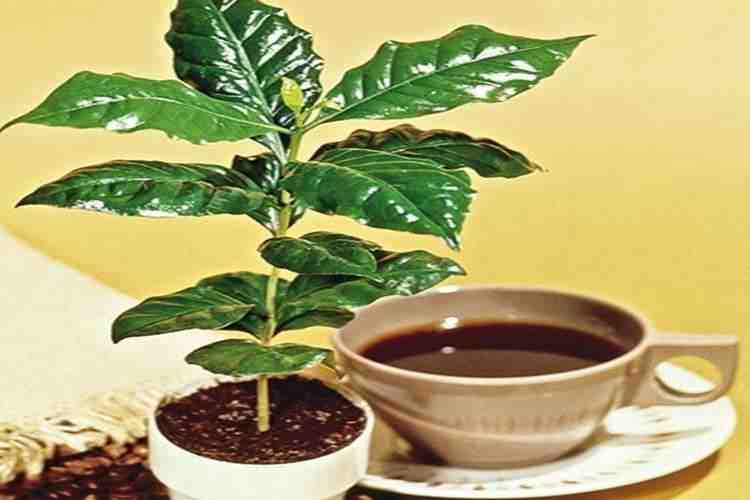
What is Arabica Coffee?
This is one of the most popular coffees in the world. It is known for its sweetness, delicate acidity, and complex flavor. The beans are grown in warm climates at high altitudes. The best coffees come from Brazil, Ethiopia, Guatemala, and Kenya.
Robusta coffee is less popular than Arabica-coffee. It is often used in instant coffees and espresso blends. It has a higher caffeine content than Arabica. It is also more bitter and has less flavor complexity. Its beans are grown in hot climates at lower altitudes.
The History of Robusta & Arabica Coffee
Robusta and Arabica are the two central coffee beans in the world. Both have a long history, dating back to the early days of coffee cultivation.
Robusta coffee is believed to originate from Ethiopia, where it was first cultivated in the highlands. It was first recorded mention in 1841 when Swiss botanist Pierre Maréchal noted its presence in Sudan. From Ethiopia, It spread to other African countries, including Uganda and Kenya. It was also introduced to Southeast Asia, where it quickly became popular due to its higher caffeine content.
Arabica coffee, on the other hand, is native to Yemen. Its exact origins are unknown, but it is thought to have been grown in the region for centuries. The first recorded mention of this coffee was made by Arabian physician Ibn al-Baitar in 1221. From Yemen, it spread to other parts of the Arabian Peninsula, India, and East Africa. In the 17th century, it was introduced to Europe, spreading to North and South America.
Today, both coffees Robusta and Arabica are widely consumed worldwide. However, they still retain the distinct characteristics that make them unique.
The Difference in Taste Between Robusta & Arabica Coffee
Robusta coffee beans have a higher caffeine content than Arabica beans. They also have a more bitter taste and are less aromatic. Robusta beans are easier to grow and are less expensive, which is why they are often used in instant coffees and commercial blends.
Arabica beans have a sweeter, more complex flavor than Robusta beans. They also contain less caffeine. Arabica beans are more difficult to grow and expensive, which is why they are typically used in specialty coffees.
The Difference in Appearance Between Robusta & Arabica Coffee
Robusta coffee beans are broader and flatter than Arabica beans. They also have more of a uniform shape, whereas Arabica beans can be more irregular. The bean coloration is also darker than that of Arabica beans.
Regarding taste, it is often described as harsher and having more of a “bite” than Arabica coffee. This is due to the higher levels of caffeine found in Robusta beans. Arabica-coffee is generally considered to be smoother and sweeter-tasting than Robusta-coffee. This is one of the reasons why Arabica beans are used more often in specialty coffees.
The Difference in Caffeine Content Between Robusta & Arabica Coffee
Robusta coffee beans contain more caffeine than Arabica_coffee beans. On average, Robusta-coffee beans contain 2.7% caffeine, while Arabica_coffee beans contain 1.5% caffeine. This means a cup of Robusta-coffee will have about twice as much caffeine as a cup of Arabica coffee.
The higher caffeine content in Robusta-coffee beans is because they are more resistant to pests and diseases than Arabica coffee beans. This resistance allows the plants to produce more caffeine as a defense mechanism. The higher caffeine content of Robusta-coffee beans also makes them less susceptible to degradation during storage, which is why they are often used in instant coffees and espressos.
The Difference in Price Between Robusta & Arabica Coffee
There are two main types of coffee beans: robusta and Arabica. Robusta beans are easier to grow and have higher caffeine content, while arabica beans are more delicate and have a sweeter taste. Arabica beans also fetch a higher price on the market.
The robusta coffee bean is the most common type of coffee bean. It makes up about 75% of the world’s coffee production.The beans are hardy and can withstand harsh growing conditions. They also have a high caffeine content, which gives them a bitter taste. Its beans are typically used in instant coffees and espressos.
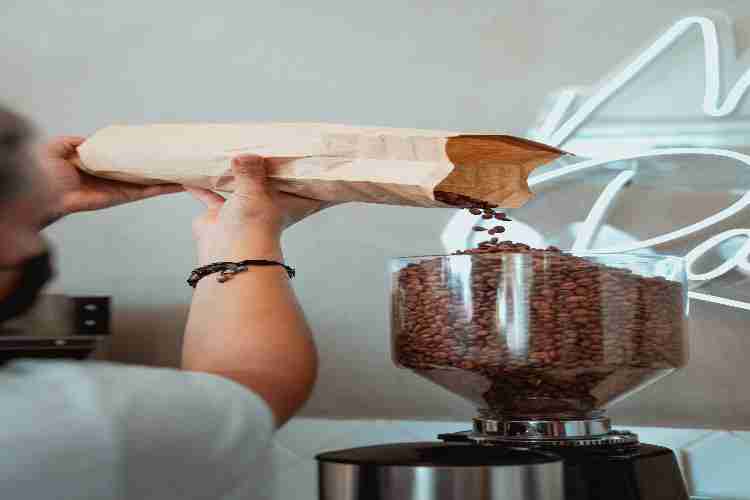
Arabica coffee beans are grown in more ideal conditions and thus have a milder flavor. They make up about 25% of the world’s coffee production. The beans are more delicate than robusta beans and must be grown in specific conditions to thrive. These factors make Arabica-coffee beans more expensive than robusta beans on the market.
Conclusion
In conclusion, there are several critical differences between Robusta and Arabica. Robusta-coffee is higher in caffeine, has a more bitter flavor, and is less expensive. Arabica-coffee is lower in caffeine, has a sweeter taste, and is more costly. You must consider your personal preferences and needs when choosing which coffee to drink.
